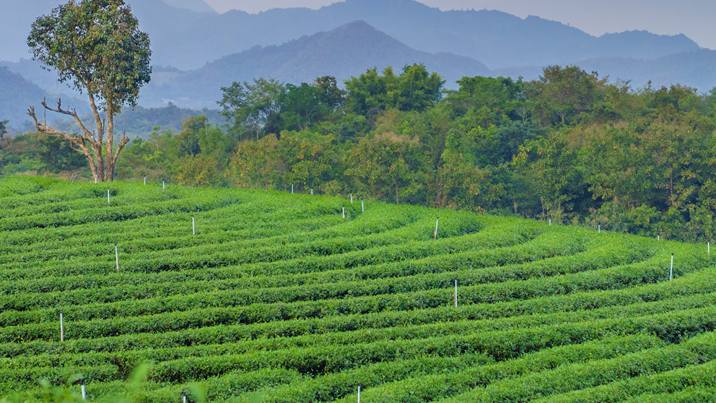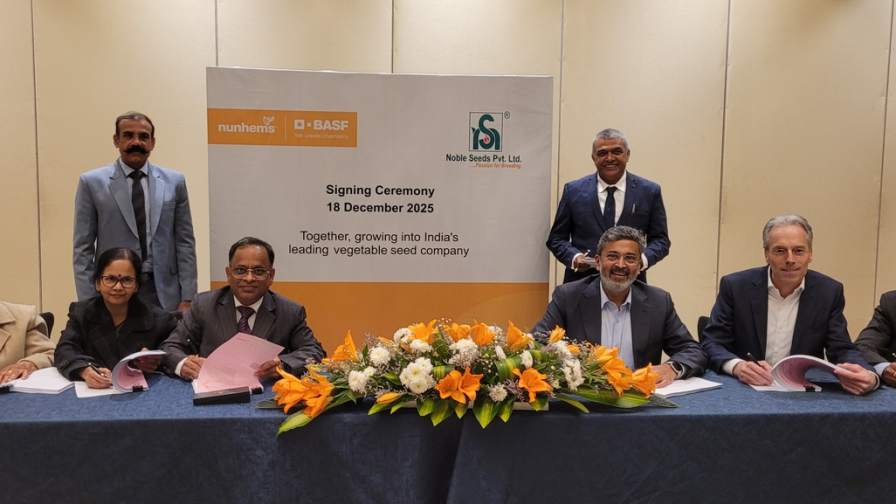India’s GLP Boom

Throughout the world, regulatory systems are becoming more stringent, and GLP data has become more important and profitable than ever.
JMPS standards and REACH are driving much of the demand for more GLP capacity. In addition to Europe, Latin America has led the charge in adopting international standards. But the rest of the world is following suit quickly. Egypt, Kenya, Ghana and South Africa – early adopters for their respective regions – now use many of the same international standards as the EU, US, Mexico and Brazil.
A similar scenario is beginning to play out in Southeast Asia. In August, Thailand initiated the re-registration of the lion’s share of their crop protection products. Companies with approved products via equivalence were suddenly required to generate their own data and resubmit legacy products for established brands.
The dilemma: There are no GLP labs in Thailand. Enter India, where GLP capacity for agrochemicals has more than doubled during the past five years.
Thailand is a case study and the most recent example of the dire need for access to data as more emerging agriculture markets adopt international regulatory standards to protect export opportunities associated with key commodities. Those with the data they need are first to re-register products and are instant victors in the battle for market share. Other economies and regulatory systems are sure to follow.
The burgeoning need for data has created a backlog among the world’s contract research organizations, which are primarily located in the EU, US and Japan. Efficacy analysis, batch sampling, impurity tests and environmental impact studies that took three months to complete a few years ago now requires 12 to 18 months, excluding time needed for a five-batch analysis. The industry is meeting the need for more GLP facilities by building more labs, particularly in India.
India has about 18 certified GLP laboratories, many of them created for the evaluation of pharmaceuticals. But in the last five years, a new entity has overseen the development of their pesticide analysis and recording, encouraging GLP labs to expand their capacity to encompass agrochemicals. Today, at least 12 are certified to generate data on agrochemicals under REACH-adherent specifications, according to Chemexil. Some of the facilities have limited capabilities, such as toxicity studies, mutagenecity studies, and physical and chemical testing. A few offer environmental impact assessments and residue testing as well.
India’s Certification Journey
The GLP system was created for measurable quality controls and has evolved by member countries of the Organization for Economic Cooperation and Development (OECD) out of concern that organizational processes and conditions of non-clinical health and environmental studies are planned, performed, monitored, recorded, reported and archived in a universally acceptable way.
India became a provisional member of the OECD’s working group on GLP in 2003 under the guidance and oversight of the India’s National Good Laboratory Practice Compliance Monitoring Authority (NGCMA). The authority conducts GLP inspections, grants compliance, monitors test facilities and continues training based on OECD recommendations.
NGCMA is now being evaluated as a full member of OECD’s GLP compliance, which means that data from Indian test facilities certified by NGCMA will be accepted by the 33 OECD countries that have “fully adherent status.” Consequently, data generated by Indian test facilities will be valid in all OECD countries for review and consideration for registration or licensing of products.
Thus, NGCMA has become pivotal in the emergence of India’s GLP capacity. Historically, the quality of India’s GLP data has been doubted by some OECD countries. The moves made by NGCMA and India’s status as fully adherent should put all these concerns to rest.
The addition of testing facilities bodes well for competition and the proliferation of crop production technologies. It will also make stronger agribusinesses, create more jobs in the crop protection industry, and enhance India’s importance as a trading partner with OECD countries, according to OECD’s 2011 annual report.
Furthermore, Indian agrochemical companies – and foreign companies that now have another option for their data generation – can benefit by faster gaining access to markets for specific active substances, especially new product registrations.
As competition for access to research intensifies, it is even more crucial for companies to start thinking longer term. Short-term plans are essential to the operational direction of business teams, but only the companies that take the long-view approach will be poised to outlast their competitive set.






